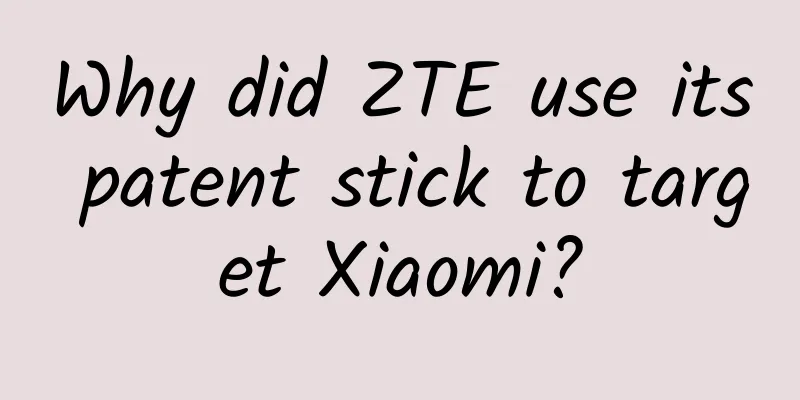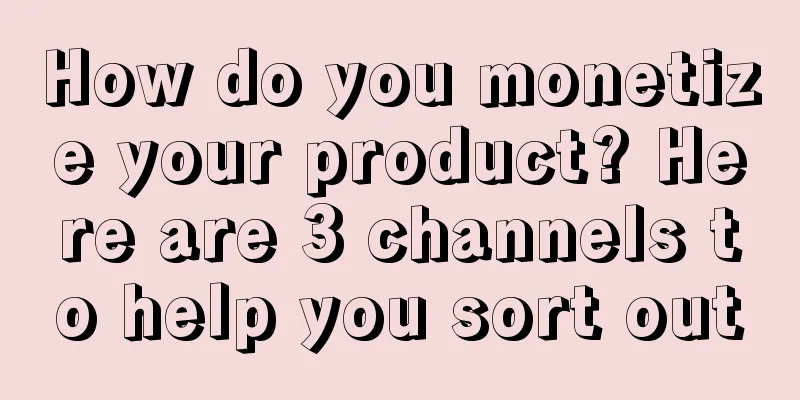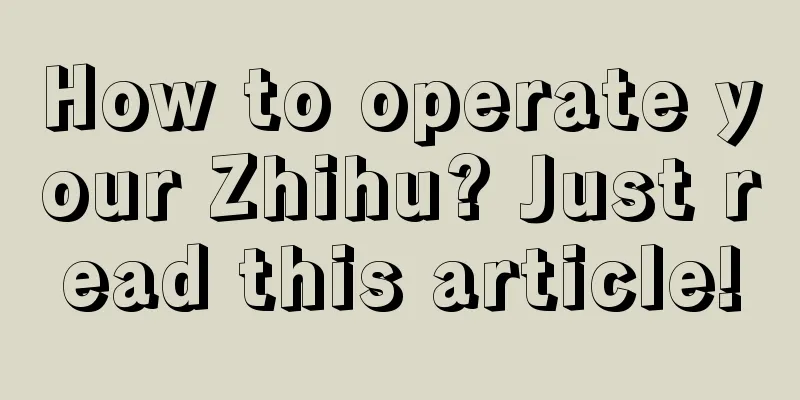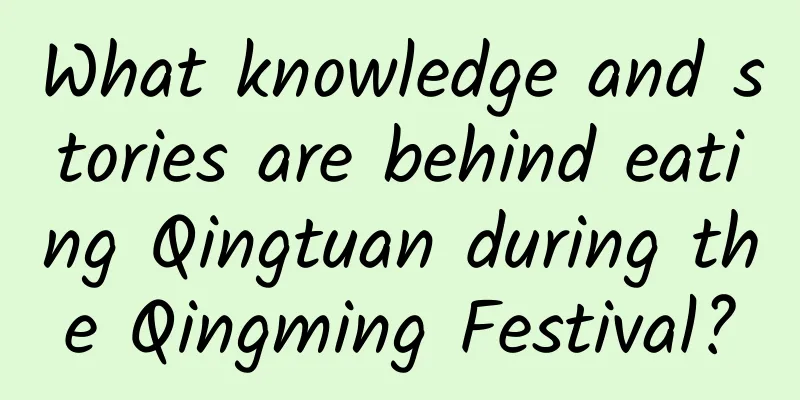Why did ZTE use its patent stick to target Xiaomi?

|
Breaking news: According to authoritative media reports, ZTE and Huawei have recently sent "lawyer's letters" to mobile phone manufacturers including Xiaomi, OPPO, and vivo, claiming that the latter have infringed their WCDMA patents. It is said that all well-known domestic mobile phone manufacturers have received such letters, and a patent war in the domestic mobile phone industry is on the verge of breaking out. This month, intellectual property courts have been fully rolled out across the country. China's emphasis on intellectual property has suddenly risen to an unprecedented level. Now, two of the traditional top four in the mobile phone industry have been exposed for filing patent lawsuits against newcomers such as Xiaomi, OPPO, and vivo, which makes people think a lot. Although Ding Jianxin, director of Huawei's Intellectual Property Department, refuted the rumor on Weibo, saying that this was wishful speculation by the media and Huawei did not send a lawyer's letter to many domestic mobile phone manufacturers regarding the patent issues mentioned in the report, relevant personnel from ZTE claimed: ZTE is one of the domestic manufacturers with the richest patent accumulation. We respect intellectual property protection actions that are conducive to the healthy development of the terminal industry. The meaning is self-evident. We can't help but ask, why is it ZTE this time! Why are Xiaomi, OPPO, and vivo being sued? Why are Coolpad and Lenovo fine? Why ZTE? ZTE may be one of the Chinese mobile phone companies with the most independent intellectual property rights and patents. According to the Chinese patent publication announcement retrieved from the website of the State Intellectual Property Office, ZTE has 14,493 patent authorizations, second only to Huawei's 22,169. Using relatively old data to demonstrate ZTE's strong foundation in patent technology, by the end of 2011, China's communications industry, including China Mobile and Datang, had 120,000 domestic and foreign patents, and ZTE accounted for one-third of China's communications industry with more than 40,000 domestic and foreign patents; among the more than 20,000 international patent PCT applications in China's communications industry, ZTE accounted for half with nearly 10,000 international patent applications. In fact, ZTE has surpassed Western manufacturers in many emerging key technologies. In the global competition, especially in the competition in the high-end markets of Europe and the United States where technology is valued and the communications industry is facing upgrading, ZTE has obvious technological advantages. As one of the major patent holders in the global communications industry, more than 90% of the patents held by ZTE are invention patents with high rights stability and technical quality, including many basic patents covering international communications technology standards, and core patents covering key technologies in the communications industry. Among them, ZTE's number of 4G LTE basic patents has accounted for 7% of the world's communication manufacturers. With nearly 1,000 smartphone patents, it ranks fourth in the world and first among Chinese companies. It also has many patents in key areas such as human-computer interaction. This time, ZTE has pointed its sword at Xiaomi, OPPO, and vivo, which reveals many meanings. Some of them are not just at the patent level, and perhaps the inhibitory effect at the market level will be greater. Why not Coolpad Lenovo? Although Coolpad has only a few hundred Chinese patents published on the website of the State Intellectual Property Office, its unique dual-SIM dual-standby patent is already very powerful. Whether you implement it from the AP level or the chipset solution adopted by many mobile phone manufacturers now, you cannot avoid patent constraints at this level. The Dashen e-commerce brand, which just became independent from Coolpad, has a hot-selling phone, the F2, which is a dual-network dual-standby 4G phone that uses Coolpad's own dual-SIM dual-pass dual-standby patented technology standard, which is significantly different from other dual-SIM phones. This is a reflection of the company's technological strength. Dashen's president Zhu Fanghao once said privately that Coolpad's patents on UI are even more obvious, and many companies' UIs are suspected of infringing Coolpad's patents. Lenovo is not afraid of fighting a patent war now, because it just completed the acquisition of Motorola last month and has about 2,300 invention patents authorized from Motorola. Together with the original number of 554, it can fully make up for Lenovo's patent shortcomings. Huawei, one of the companies that made the mistake in this incident, has applied for 12,000 invention patents and more than 1,000 appearance patents related to terminal products as of August 31, 2014. It has also obtained 1,600 Chinese patents and more than 500 overseas patents in Europe and the United States. Currently, Huawei's consumer business is steadily increasing its patent applications at around 1,300 per year. Therefore, from the above data, we can see that it is a good thing that Coolpad Lenovo does not cause trouble for others. Why should they be afraid of others causing trouble? Why is it Xiaomi, OPPO, and vivo? First, the current Chinese market structure has reached a turning point. The new structure has had too much impact on the equilibrium of the old four dominant players, and the transformation of the old industry's four giants is imperative. In October this year, the well-known analysis agency IDC released the 2014 Q3 global smartphone market report, which pointed out that Xiaomi shipped about 18 million units and became the world's third largest smartphone manufacturer, accounting for 5.3% of the global market share. At the same time, Xiaomi became China's largest smartphone manufacturer in Q2 with a market share of 12%. In addition, OPPO replaced Samsung in July this year and became the domestic mobile phone manufacturer with the largest 4G mobile phone shipments, and it continues to this day. These new mobile phone companies have had a great impact on traditional companies. To put it more bluntly, they have shaken the foundations of the four traditional companies, so some manufacturers who can't wait have to take action, which means a small punishment. Some people think that ZTE, as a state-owned enterprise, will not be so stingy. Don't think that it is broad-minded and will not care about these things just because it was one of the four giants in the industry. This is a normal business behavior in the commercial society. Moreover, when your opponent is at the same level as you, all the false reputations are smokescreens or past tense. Secondly, Xiaomi, OPPO, and vivo are worth suing. The application fee for each patent is between tens of thousands and hundreds of thousands, and the annual patent application fee alone is as high as hundreds of millions of yuan, not to mention the R&D costs. Such high costs must come from somewhere, right? When the business performance was good, the contradictions were not revealed, but in the current situation, they seem a bit prominent. Shifting costs through litigation is one of the best means. Xiaomi, OPPO, and vivo were the three most profitable mobile phone companies in China last year. Compared with other manufacturers that were not in the mainstream or had poor operating conditions, even if they won the lawsuit, it would be time-consuming and labor-intensive and they would have no money to pay. Xiaomi, OPPO, and vivo are more likely to gain actual benefits from it, so it is not surprising that ZTE directed its attack at these three companies this time. Finally, Xiaomi, OPPO, and vivo don’t have much capital to fight back. These three companies are big names in traditional channels, and some are leaders in e-commerce channels, but they seem too weak to use the banner of patents. For example, OPPO only started gradually in 2012. Its total number of patent applications in 2013 was 1,022, of which more than 85% were appearance and utility model patents. It is difficult to say whether these can be effectively defended and protected at present. It is worth mentioning that among the three categories of patent applications, invention patents have a much longer review period, are more difficult to apply for, and have higher technical content than utility models and designs. They are also the most lethal or defensive patents. Utility models and designs are basically protective applications with relatively less significance and are easier to apply for. There are many uncertain factors in the total number of Xiaomi's patents, which is probably due to the inconsistency of the search terms used to calculate Xiaomi's patents. It is possible that Xiaomi is a company with a complex equity background, which leads to inconsistent keywords. The number of vivo's patents is not even a fraction of ZTE's. Under the premise of market suppression, actual benefits and weak counterattack power of opponents, it is not difficult to understand ZTE's strategy of killing three birds with one stone. The patent stick cannot be raised casually ZTE's use of patents to attack its rivals was unexpected by many people. In their view, patents can only be used as a defensive weapon for enterprises, not an offensive weapon. This is just like a big country with nuclear weapons. You can only use it as a defensive weapon, telling others not to mess with you, or we will all die together. If you really use this nuclear weapon to go to war with others, it will be a sticky way to kill both parties, because you don't know whether your opponent also has nuclear weapons. Looking back at history, in 2011, when the smartphone market was booming, Samsung and Apple, two companies that accounted for more than 90% of the industry's profits, also broke out in large-scale patent lawsuits. From 2011 to 2012, the two sides launched dozens of lawsuits in nine countries around the world. Apple demanded a ban on the sale of some Samsung Galaxy products, while Samsung hoped to put the iPhone 4S and iPad 2 on the blacklist of the local country. But you will find that they all control such lawsuits within a small scope, because they are afraid that the patent incident will trigger an industry war, and end up with both sides losing. People from ZTE, do you understand? So, how to deal with patent wars? This proposition is still a new problem for manufacturers who only focus on the domestic market, because they have never participated in such a high-level competition model. In fact, facing the blockade of patents, the best way is to acquire, then cross-license patents with others, and finally achieve the ultimate model of independent research and development. The reason for acquisition is that you are poor and penniless. Why would others want to cooperate with you? You must at least have some capital of your own. Xiaomi sees this very clearly, and the recent joint venture with Unigroup cannot but be considered in this regard. Secondly, it is to find cooperative manufacturers for cross-licensing, and each party can get what they need to achieve their own goals, at least they will not be blocked by opponents due to patent issues. But in the end, the company still needs to have strong technical strength, otherwise it will always be exhausted for patents. However, can we just wield the patent stick at will? My advice is, don’t wield it at will, or you may get hurt! As a winner of Toutiao's Qingyun Plan and Baijiahao's Bai+ Plan, the 2019 Baidu Digital Author of the Year, the Baijiahao's Most Popular Author in the Technology Field, the 2019 Sogou Technology and Culture Author, and the 2021 Baijiahao Quarterly Influential Creator, he has won many awards, including the 2013 Sohu Best Industry Media Person, the 2015 China New Media Entrepreneurship Competition Beijing Third Place, the 2015 Guangmang Experience Award, the 2015 China New Media Entrepreneurship Competition Finals Third Place, and the 2018 Baidu Dynamic Annual Powerful Celebrity. |
<<: PPTV A three-year medical history of an "anemia" patient
>>: Xiaomi's Lei Jun plays with chip giants in the palm of his hand?
Recommend
The world after the A station crash: What’s the point of calling it a subculture if there’s no fighting?
At 13:33 on the afternoon of August 4, AcFun, the...
Top 10 trends in mobile app development for 2017
[Quoted from the editorial story blog] In the fas...
How much does it cost to develop a mini program in Guangzhou?
In an era when smartphone use has become a daily ...
A person may develop blood clots after lying down for just a few days, but how come a bear is fine after lying down for half a year?
After feeding themselves well, brown bears will b...
Is the popular Klein blue a magic weapon for making whiter skin appear brighter, or does it make yellow look even more yellow?
57 years ago, an art exhibition was held in Milan...
Baidu Ocpc effect optimization tips!
As the threshold for smart delivery is gradually ...
I don't have to worry about breast cancer because no one in my family has had it? Is breast cancer a terminal illness? The truth is...
With the improvement of living standards and heal...
WeChat application numbers are here, what should you do with your own APP?
Many people know that WeChat is developing a prod...
The little things you ignore on the road cause more than 8,000 deaths every year
An eMule is indispensable on the road to success ...
Samsung S8 is priced cautiously to please Chinese users. Do you buy it?
Samsung's new generation flagship smartphone ...
The holiday work arrangements for the six major market channels have been released. Please prepare in advance!
The 2015 Chinese New Year is approaching. While w...
World Sleep Day | Did you sleep well? Try these tests →
I can't help playing for a while at night, an...
This fish, which has more than 70% genetic similarity to humans, can help us repair damaged hearts!
The skin is constantly shed, the hair and nails g...
WeChat product manager interview question: How to set up information fences in Moments?
In terms of permission management, WeChat uses &q...
Mate7 is popular, so Huawei's problem comes
It is no exaggeration to say that the emergence o...





![[Creative Cultivation Program] Central cooling is so wonderful, why is it so difficult to achieve?](/upload/images/67f2618de30ab.webp)



